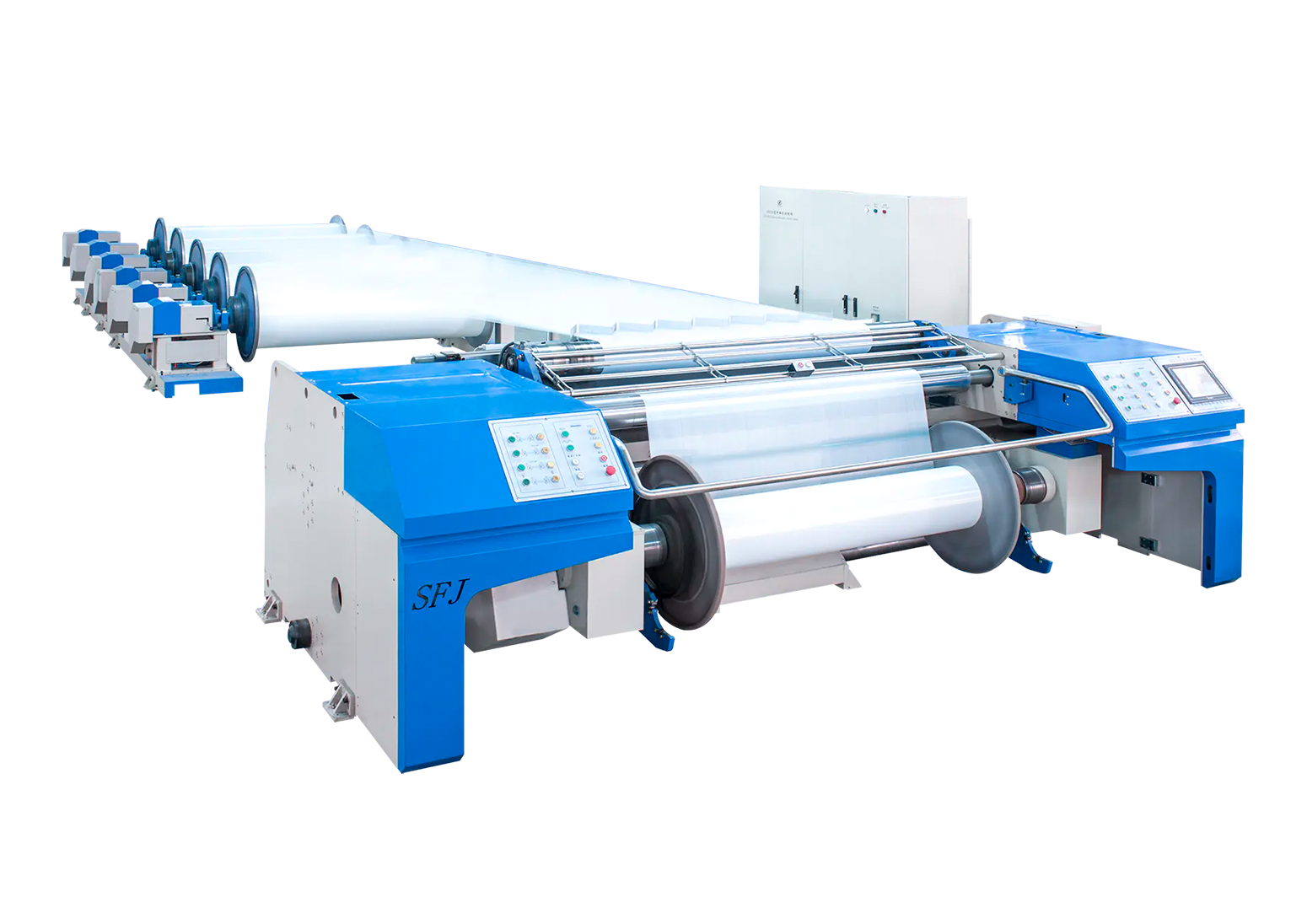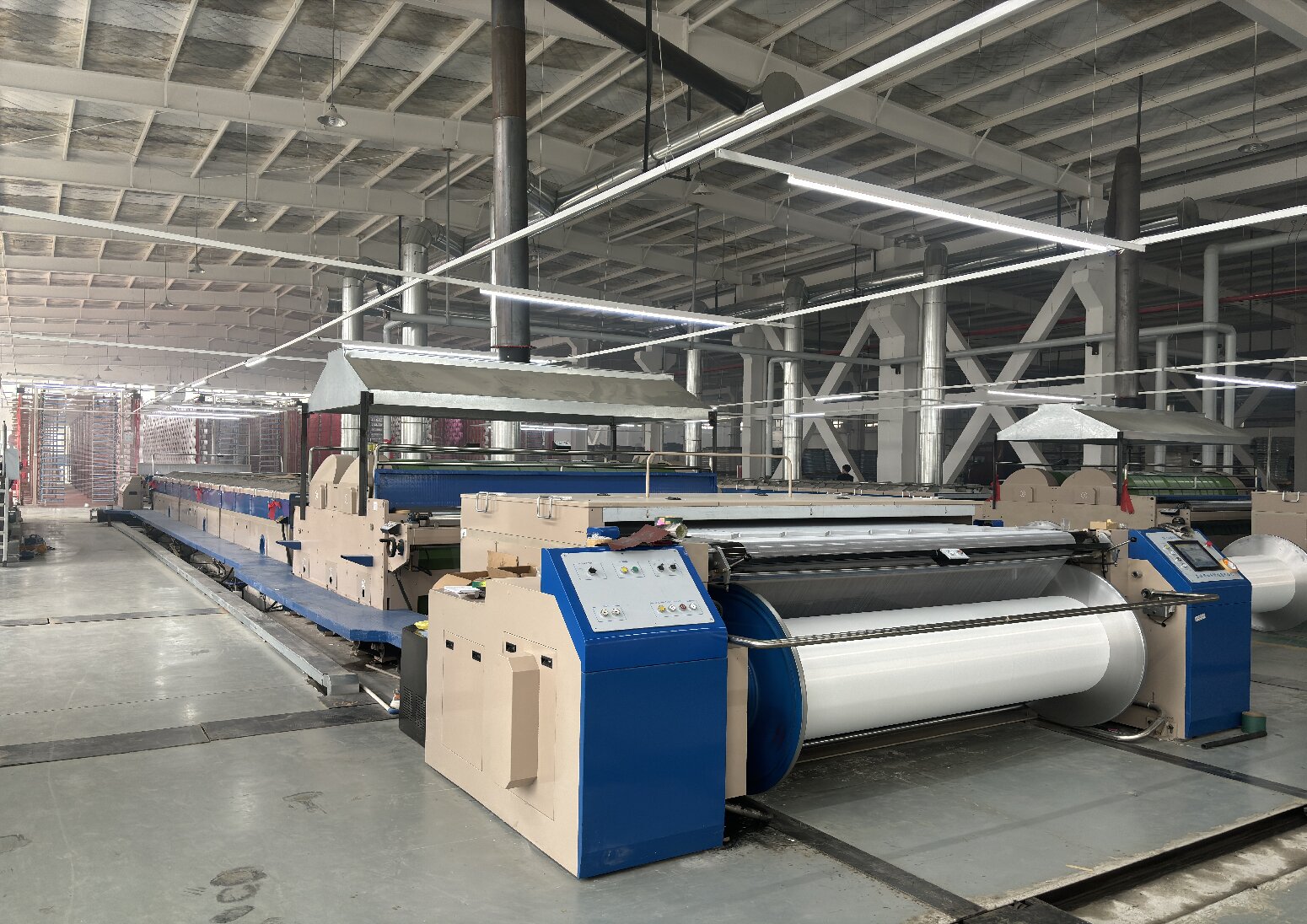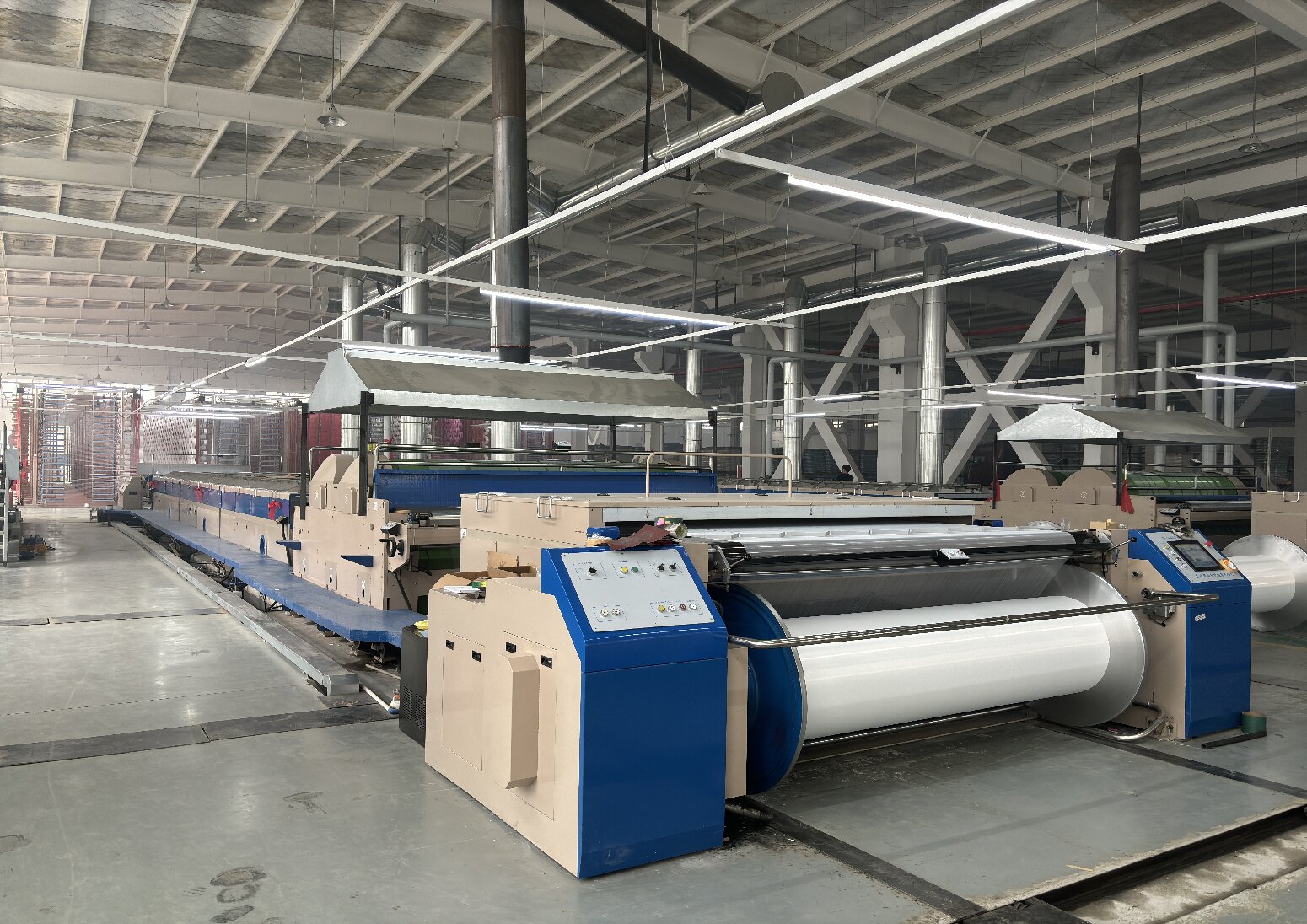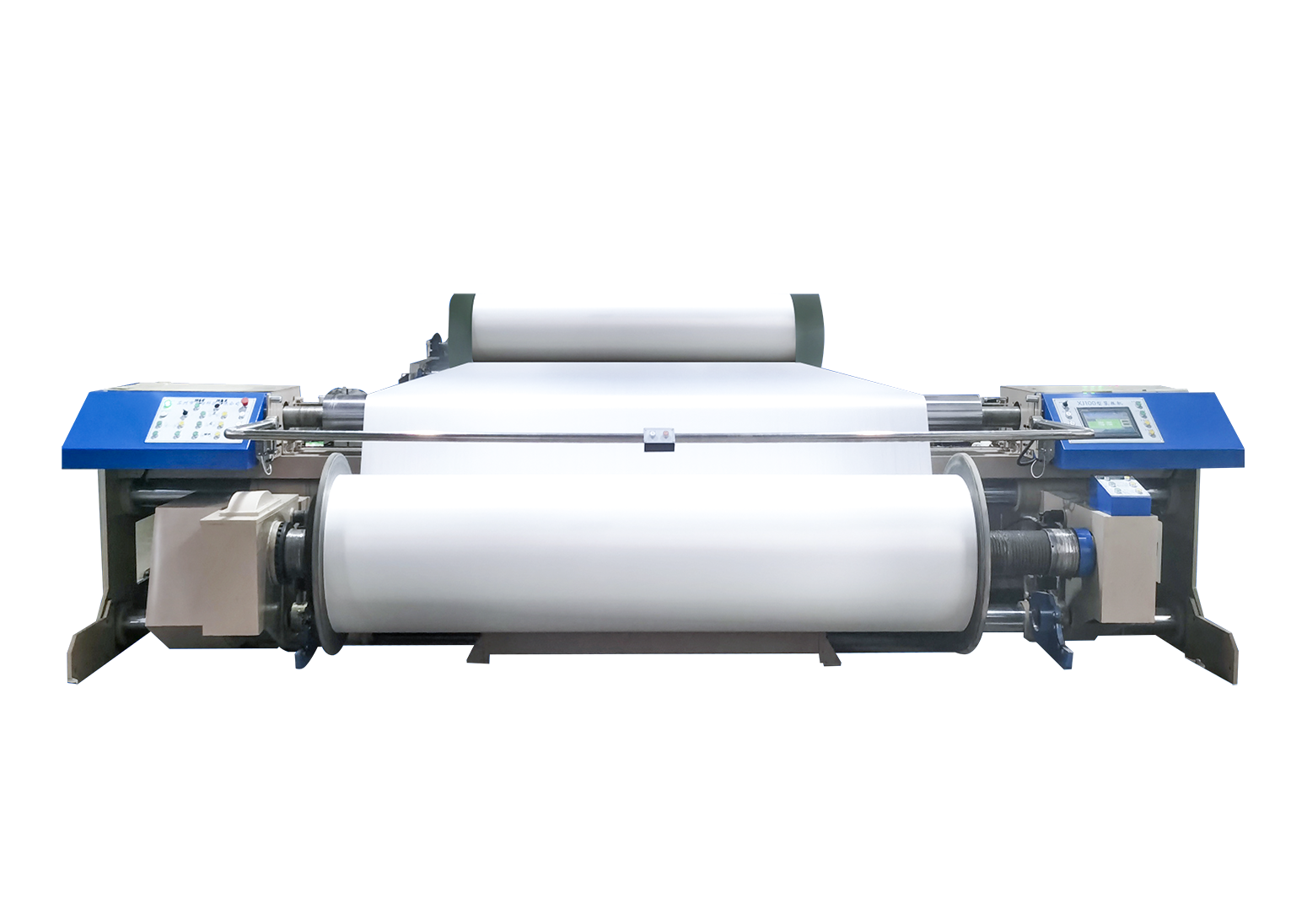Essential Textile Preparation Equipment: From Fiber to Yarn
Textile preparation equipment plays a crucial role in the textile manufacturing process, ensuring that raw materials are properly treated and prepared for subsequent stages of production. This phase is integral to achieving high-quality end products, as the characteristics of the raw materials significantly impact the final textile's properties. Various machines and processes are employed in textile preparation to clean, blend, and refine fibers before they undergo spinning and weaving. In this article, we will explore some key textile preparation equipment and their functions.
Opening and Cleaning Machines:
These machines are employed to open compressed bales of raw fibers and remove impurities such as dust, dirt, and other foreign materials. One common machine used for this purpose is the bale opener. It ensures that fibers are evenly distributed and separated, creating a consistent feed for subsequent processes.
Carding Machines:
Carding is a process that aligns fibers in a parallel fashion and removes any remaining impurities. Carding machines, such as the carding engine, use a series of rollers covered in wire clothing to achieve this. The aligned fibers form a thin web known as a card sliver, which is the output of the carding process.
Combing Machines:
Combing machines are used to further refine the card sliver by eliminating short fibers and aligning the longer ones in a parallel fashion. The combing process results in a finer and more uniform sliver, enhancing the quality of the yarn produced. Combed yarns generally exhibit improved strength and smoothness.
Drawing Frames:
Drawing frames are used to reduce the sliver's thickness and increase its length. This process aligns the fibers even more and ensures uniformity in the yarn. Drawing frames are crucial in controlling the yarn's tensile strength and reducing variations in thickness.
Roving Frames:
Roving frames are responsible for further reducing the thickness of the drawn sliver and imparting a slight twist to form a roving. Roving is a loosely twisted strand of fibers, which serves as the precursor to the final yarn. Roving frames play a critical role in achieving the desired yarn characteristics, including the required twist level.
Slubbing Frames:
Slubbing frames introduce more twist to the roving, creating a thicker strand known as slub yarn. Slub yarns have irregularities or thicker sections deliberately introduced during this process. These irregularities contribute to the texture and appearance of the final fabric.
Winding Machines:
Winding machines are used to transfer the spun yarn onto bobbins or cones, making it suitable for subsequent processes like weaving or knitting. These machines ensure that the yarn is wound evenly, preventing tangles or breakages during further processing.
Twisting Machines:
In some cases, the yarn may undergo additional twisting to achieve specific characteristics. Twisting machines add twists to the yarn to enhance its strength, elasticity, or appearance. Different types of twisting machines, such as ring twisters or rotor twisters, are used based on the desired yarn properties.
In conclusion, textile preparation equipment is essential for transforming raw fibers into well-prepared yarns ready for the next stages of textile manufacturing. The efficiency and precision of these machines significantly impact the quality and characteristics of the final textile products. Advancements in technology continue to influence the design and capabilities of textile preparation equipment, contributing to the overall improvement of the textile industry.



 中文简体
中文简体








